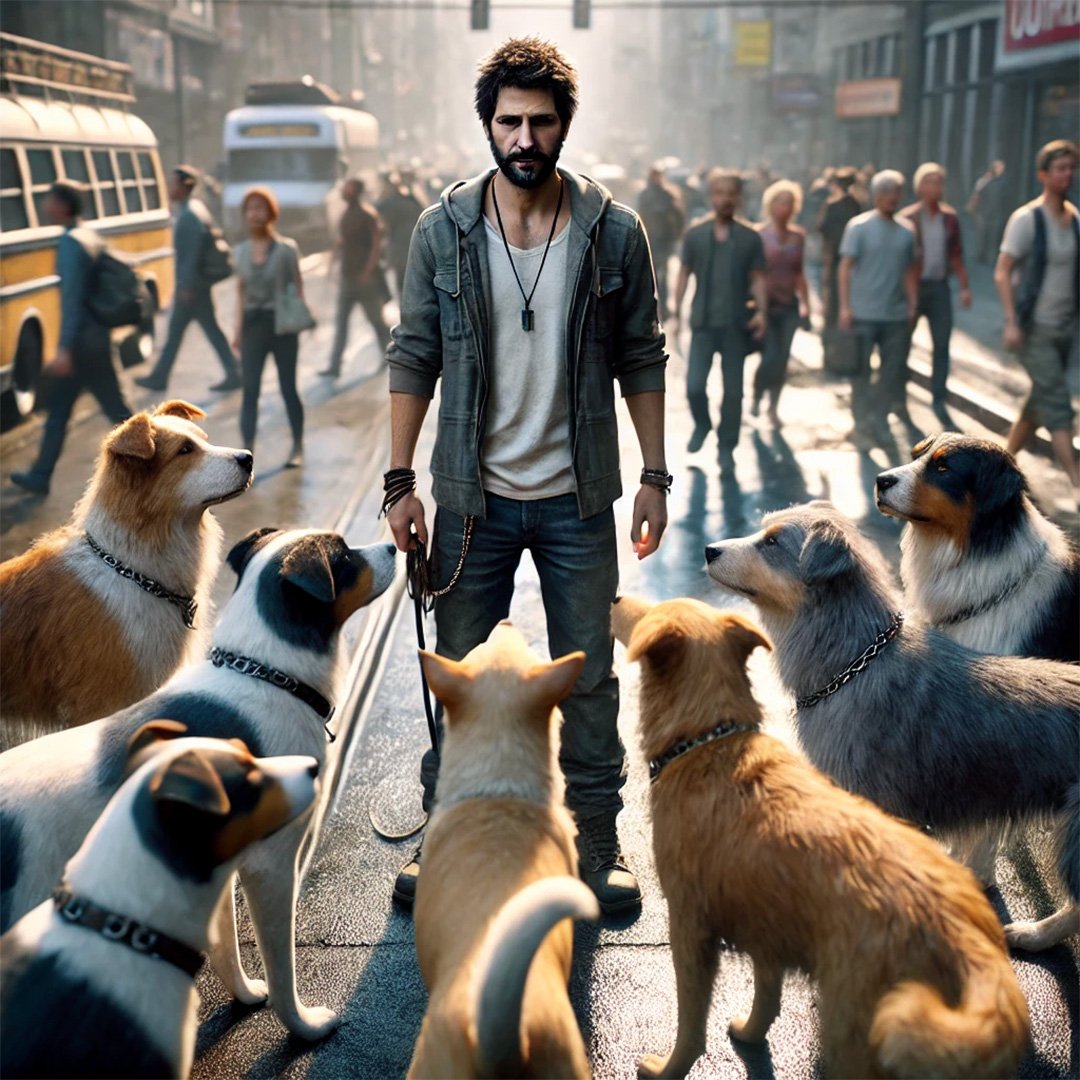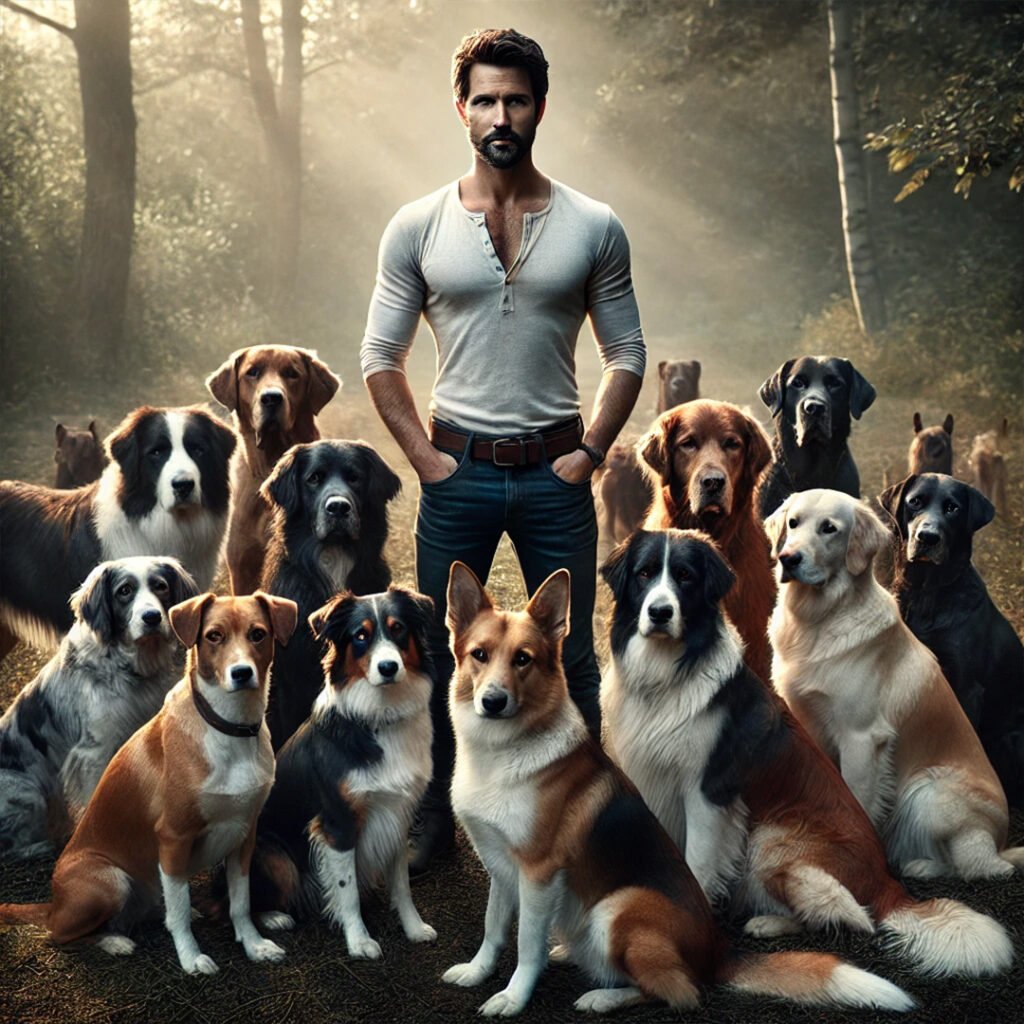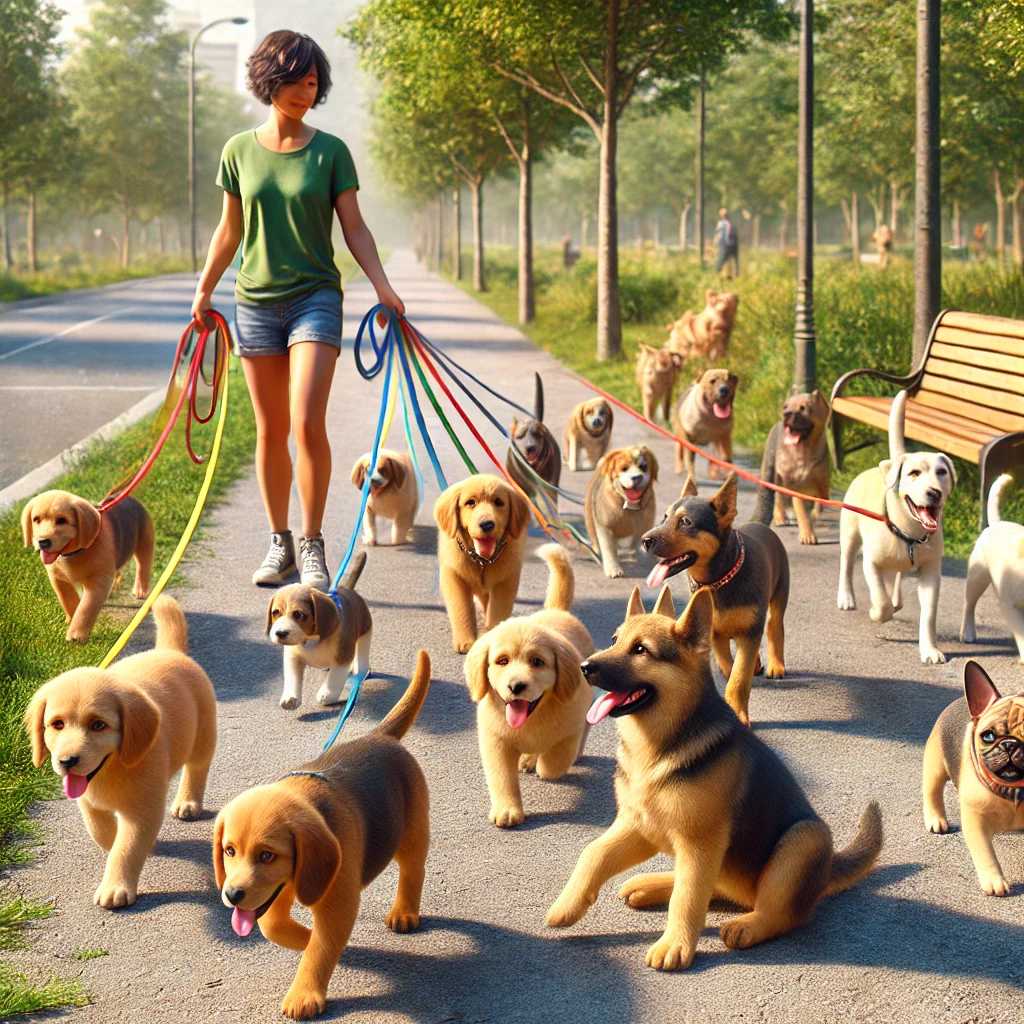
How To Know If a Dog Trainer Is Good
Alright, listen up, humans! You’re out there looking for a dog trainer, but let me give you the real scoop. Don’t get distracted by all those fancy methods or slick words. Pfft, those are just surface-level smokescreens. What really matters is this: How do their dogs respond to them?
A true dog trainer doesn’t just bark orders (pun intended). Oh no, they build something much deeper—a bond that runs like rivers through the dog’s soul. That’s what sets the greats apart from the rest of the pack.

You Know a Dog Trainer Is Good If They Have a Deep Bond With Dogs
Here’s the real secret: a good dog trainer creates a relationship that’s all about trust, respect, and understanding. And, let me tell you, when I walk into a room with a dog, it’s like snap—their focus is locked on me, like I’m the best treat they’ve ever seen. No words needed, just pure, unspoken connection. They know I’m their person. We’re talking loyal sidekick vibes here.
Dogs don’t just follow me around for the fun of it. They feel safe, they feel understood, and that trust runs deeper than a game of fetch. It’s about more than commands—it’s about a connection so strong you can feel it in the wag of their tail, the calmness of their body, and the way their eyes light up when they see me.
Affection Beyond the Surface
Oh, and the affection? Don’t get me started. It’s not just a quick lick on the hand or a casual tail wag. Nope, this affection is next-level, intimate, like we’ve got some secret handshake no one else knows about.
When a dog bonds with me, it’s like I’m their world. They aren’t out here giving everyone the same “I love you” eyes. This kind of bond is built on a solid foundation of trust, respect, and consistency. The dog knows that I control the safe, fun, and balanced world they live in—and they thrive in it. And let’s be real, a dog who thrives is a dog that’s ready to conquer anything.
Consistency in the Dog’s Response
A well-bonded dog doesn’t just behave when it’s convenient. Nope, that connection shows in every situation, every environment, every distraction. You see, it’s not about fear or strict rules. It’s about that emotional tether. They know I’ve got their back, so they’re not just following orders—they’re excited to learn, ready to show up, because we’re in this together. Teamwork makes the dream work, am I right?
Connection Before Commands
Listen up, here’s the golden rule: commands come second. Connection? That’s what you build first, and it makes the whole training process smoother than a dog’s belly after a grooming session. When a dog trainer has a real bond with a dog, the commands don’t feel like a chore. It’s more like a dance—an effortless back-and-forth where the dog is eager to follow, listen, and respond. Why? Because we’ve got that unshakeable connection!
When I welcome a new dog into my care, commands take a back seat at first. I spend those first few days building a bond through energy, body language, and vibes. Commands come later, like fine-tuning an instrument. This isn’t about letting the dog do whatever they want, but rather about creating a deep, spiritual, and energetic connection that forms the backbone of everything we do together.
I’ve bonded with hundreds of dogs in my career. I may not remember all their names (who can keep track?), but the second I see their face again? Boom, instant connection. That’s the difference between “knowing” a dog on the surface and building a deep, spiritual connection. And trust me, once that connection is made, it’s not something you forget—or break.




